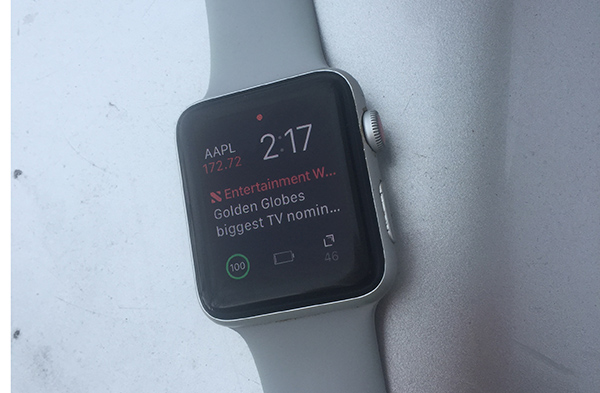On Thursday, Dec. 6, the all-important 911 emergency call system in Guilford County – and in other areas across the southeastern United States – went down, with calls to 911 failing to go through or being redirected to other phone numbers. State emergency response officials say that the widespread outage, which lasted several hours on Thursday, appears to have been resolved and there is now a widespread investigation into the reason for that rare failure.
That incident showed there are still occasional glitches that need to be worked out of the current 911 system, but Guilford Metro 911 workers say they will soon have a new enhanced system that will provide much more accurate geo-location tracking.
Guilford Metro 911 workers are about to add a new feature – RapidSOS – to the county’s 911 system that will soon help emergency responders pinpoint a callers’ exact location, even in cases where the “caller” can offer no verbal guidance to operators.
This Christmas, many Guilford County residents are likely to find new Apple Watches under the tree, and the recently announced “fall detection” feature of those watches will increase the need for this type of highly accurate geo-location technology that the 911 center is implementing.
The new Apple watches use small internal accelerometers and software to detect falls and, when a watch does, it calls 911 automatically – unless the wearer taps a virtual button stopping it from doing so. In these cases, where a victim may be unconscious, 911 operators get no verbal information whatsoever; so it’s critical that responders are able to find the person. With the RapidSOS enhancement system now being put in place, responders should be able to find them with pinpoint accuracy.
Christine Moore, the operations manager for Guilford Metro 911, said that currently responders are able to use existing methods to find a general area where a cell phone or watch signal originated; however, it doesn’t provide an exact location. If the person in need of help is in a city or in a building with many offices, it can be very difficult to find the person, and, in life or death situations, a matter of seconds may be crucial to outcomes.
Under the new system, which Moore said she hopes will be up and running in January, when a call comes in, RapidSOS uses state of the art location technology that’s already being used by some in the private sector.
“It’s kind of like how Uber finds you,” Moore said.
She said that right now Guilford Metro 911 is training 92 employees on the new system.
She said one of the changes that made the advance possible is a software upgrade in Apple and Google products that provides the specific locations to 911 centers.
And the Christmas present for area taxpayers?
“There’s no cost,” Moore said. “I don’t know how RapidSOS makes their money, but it’s no cost to us.”
Guilford County Emergency Services Director Jim Albright said this week that another feature expected to be added to local 911’s list of capabilities in the near future will let people stream video feeds directly from their cell phones to the emergency call center.
About three years ago, Guilford Metro 911 began allowing people to text in to 911 operators, though Moore said the vast majority of people still call.
Guilford County Commissioner Alan Perdue, who went into the emergency services field as a 16-year-old and decades later became director of Emergency Services, said this is all quite an upgrade from the time he entered the field – because back then there was no 911 service at all.

